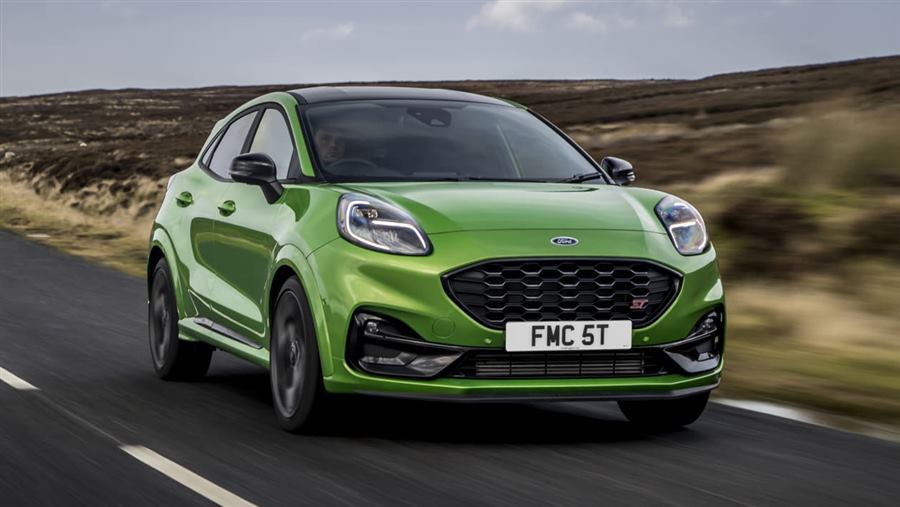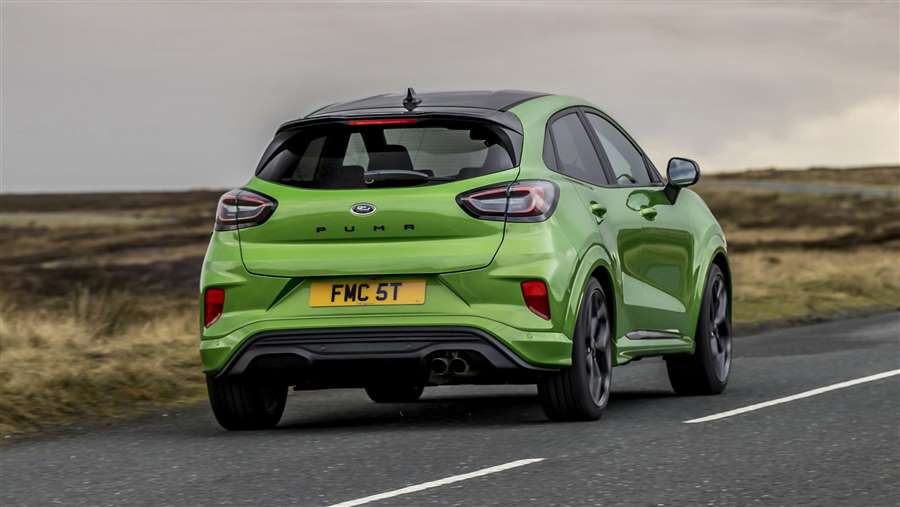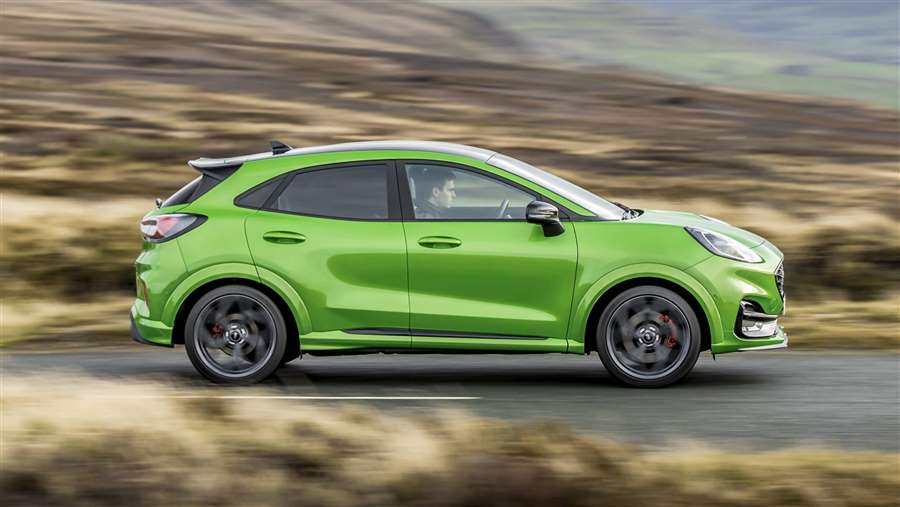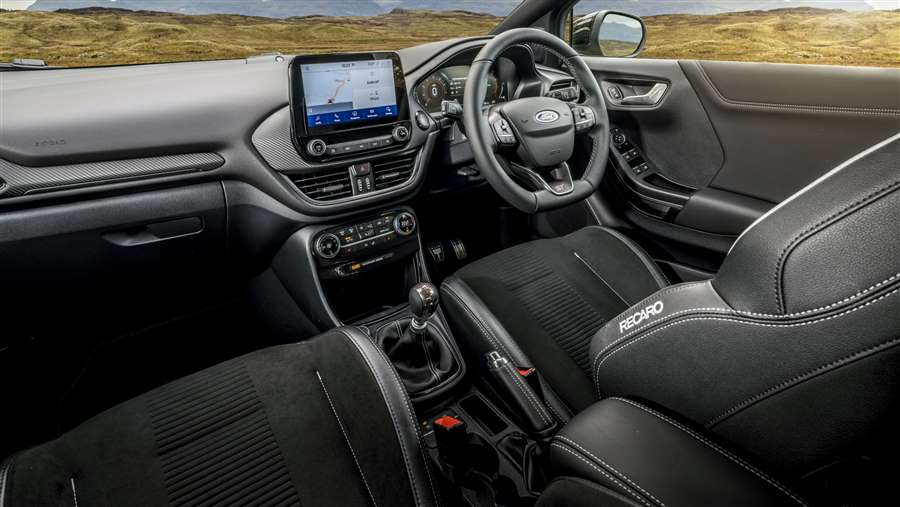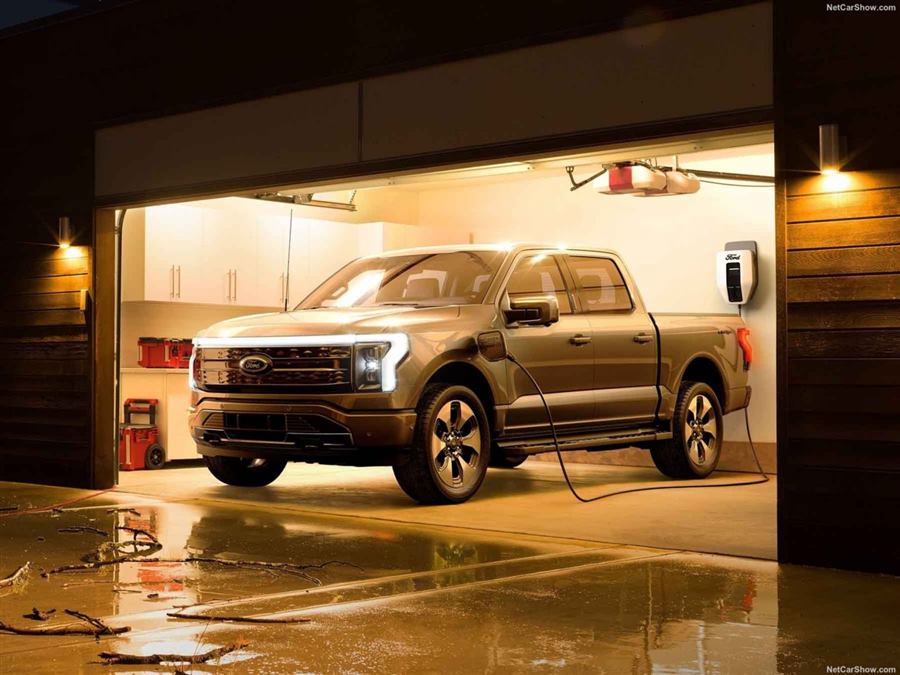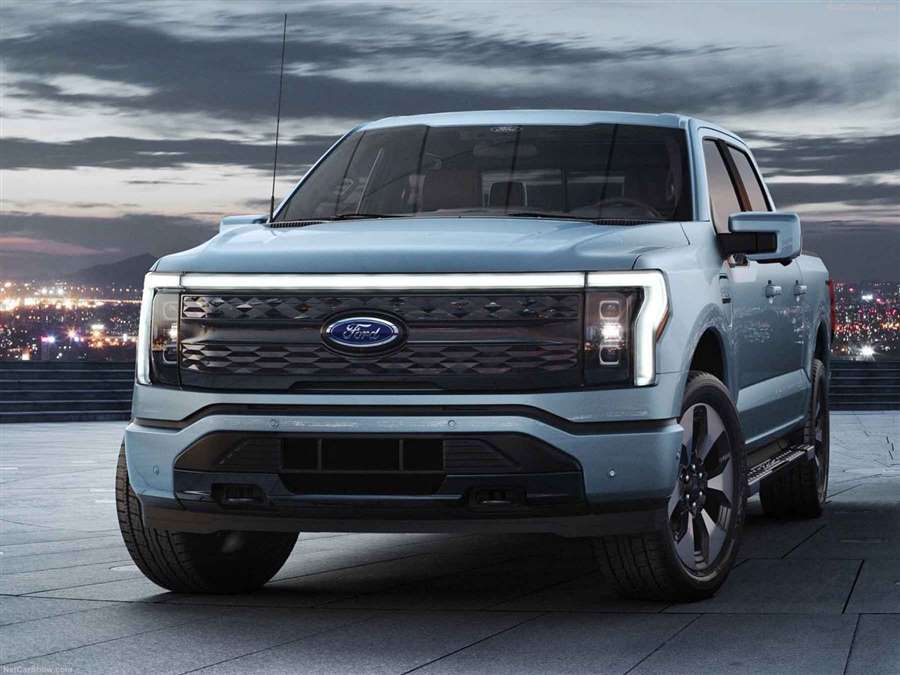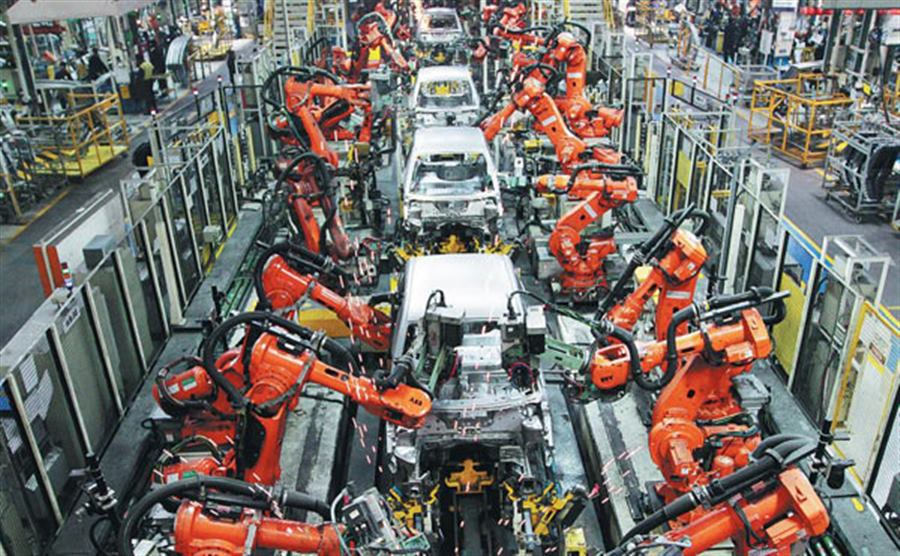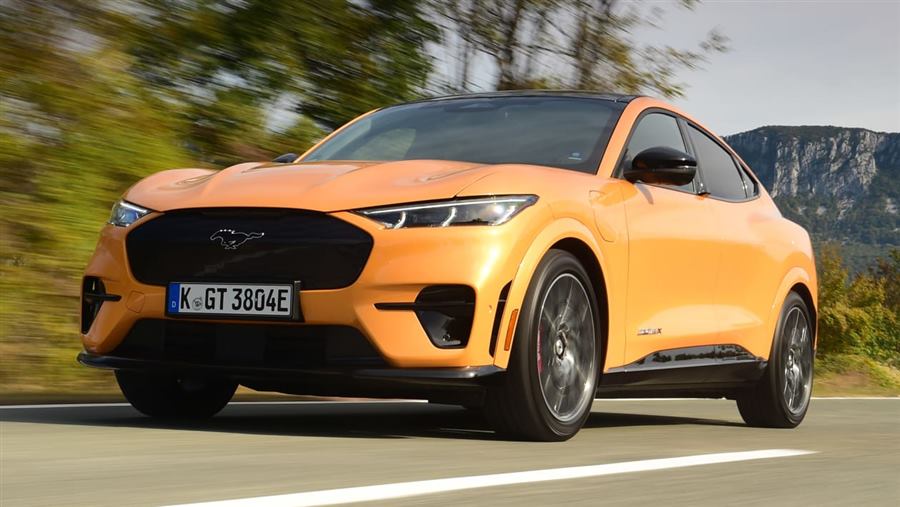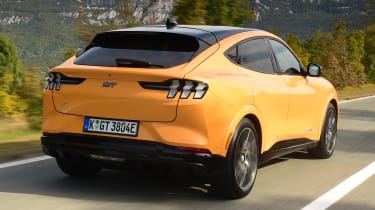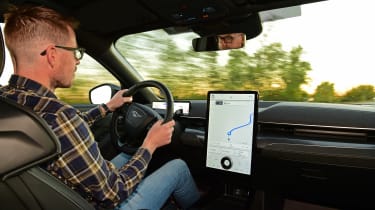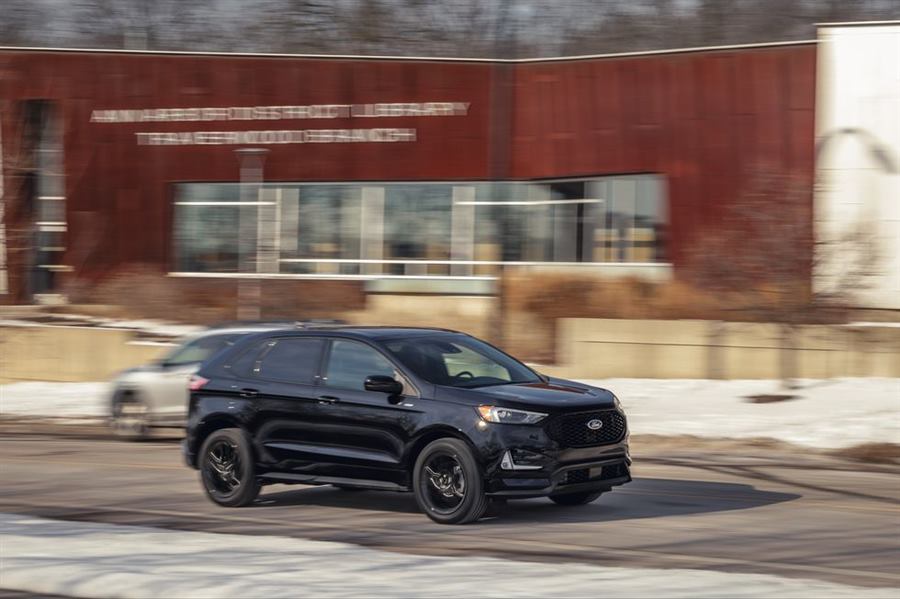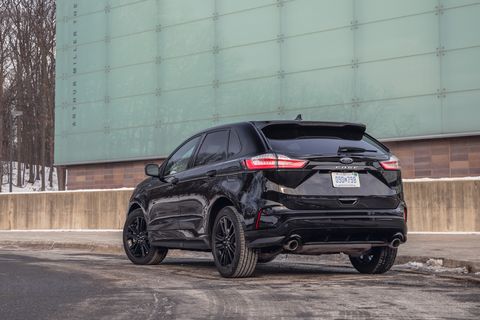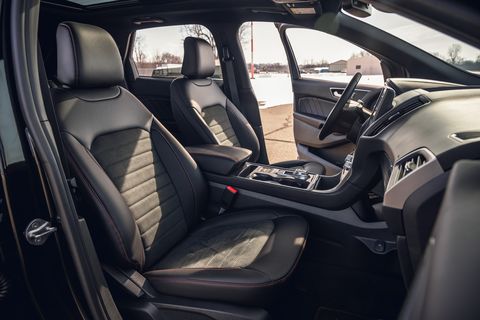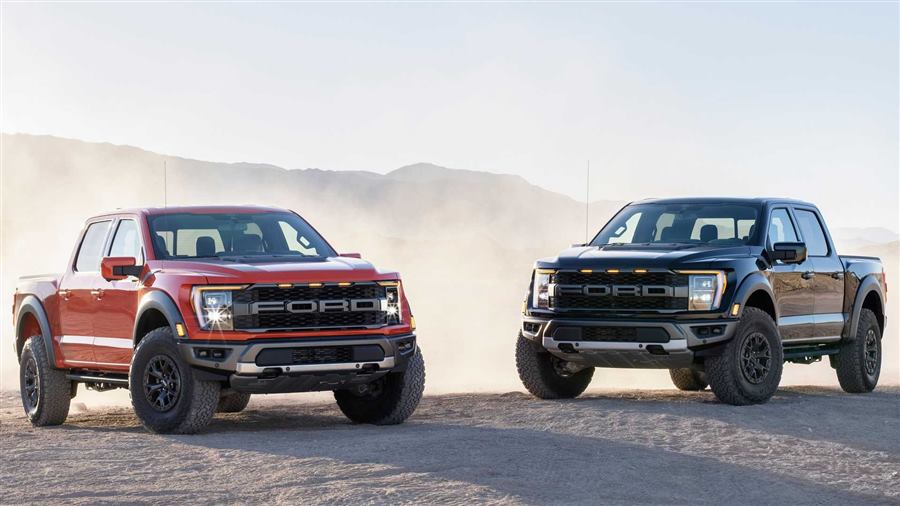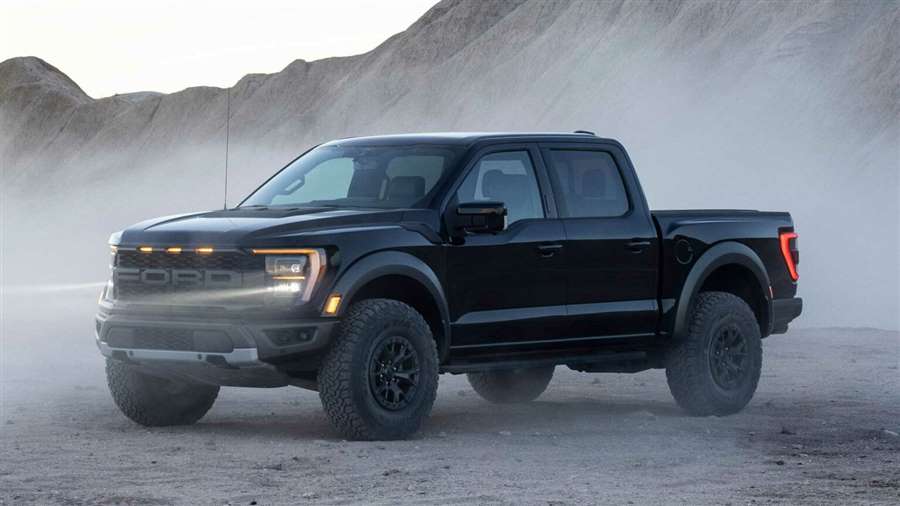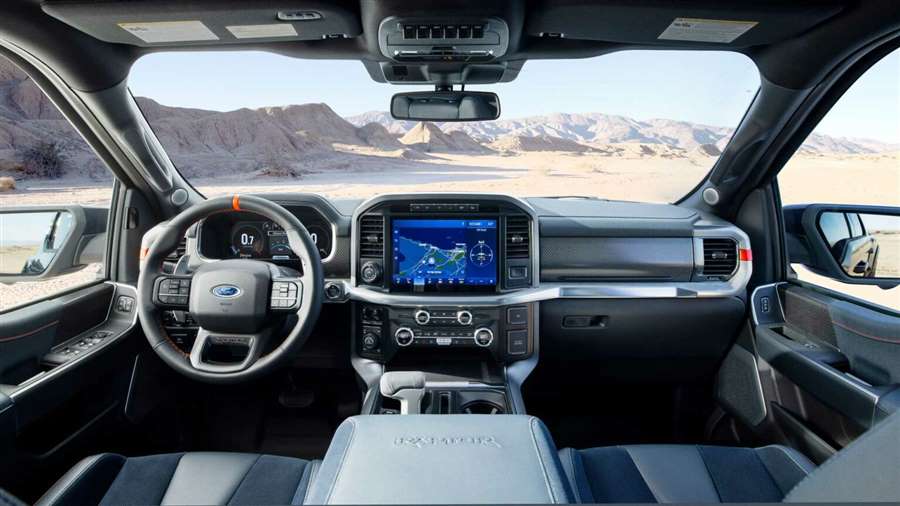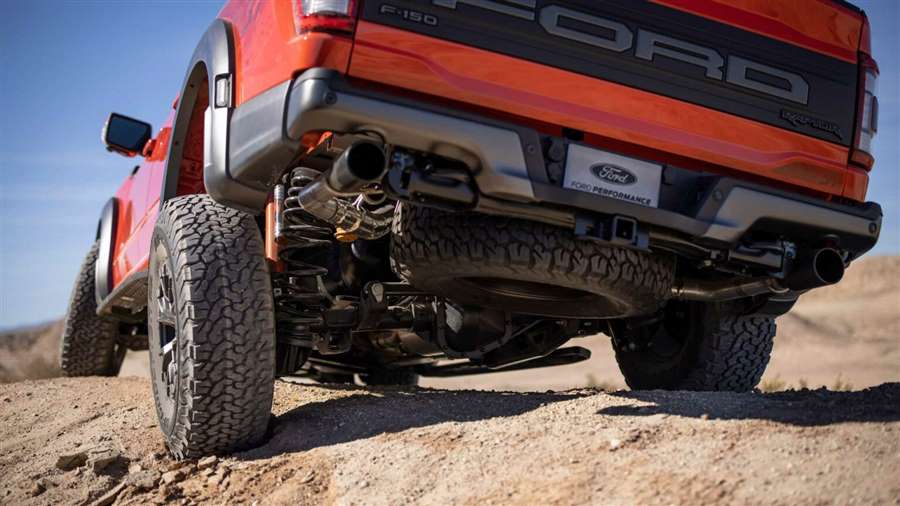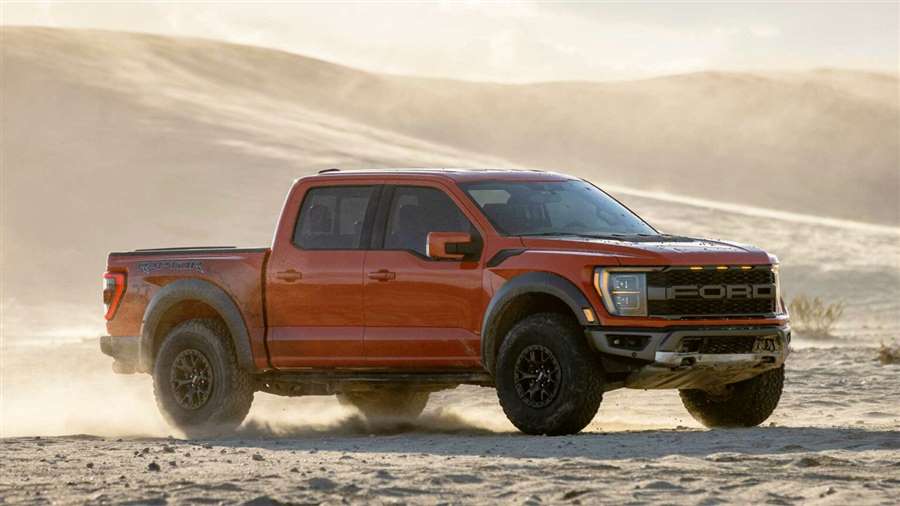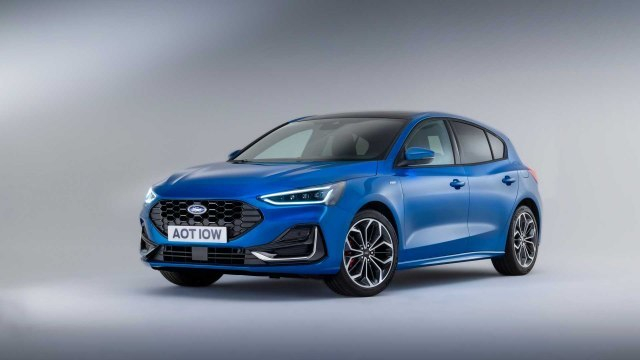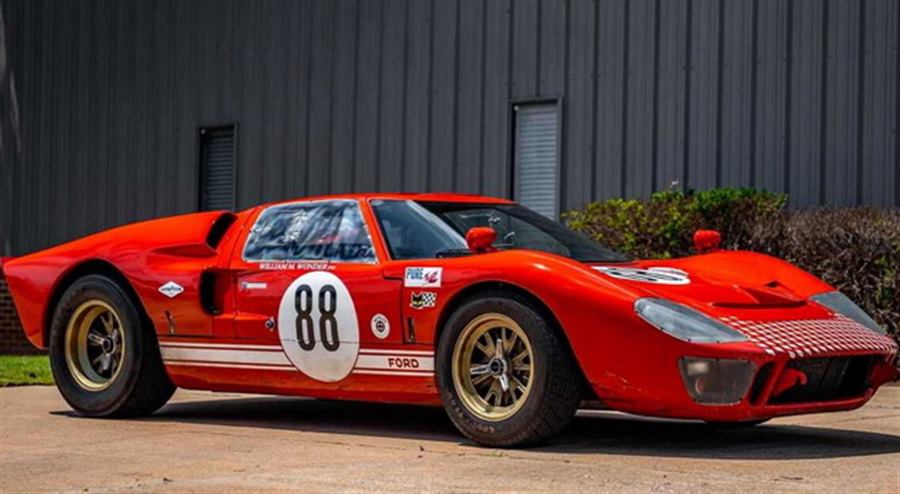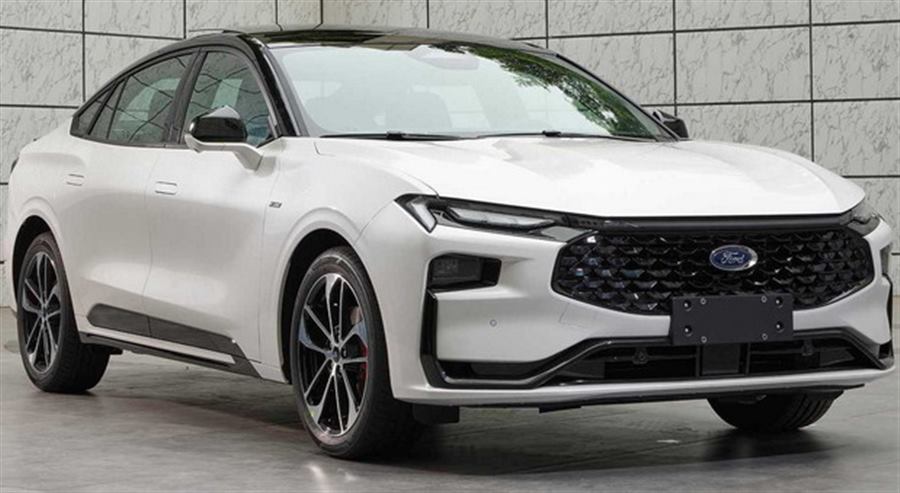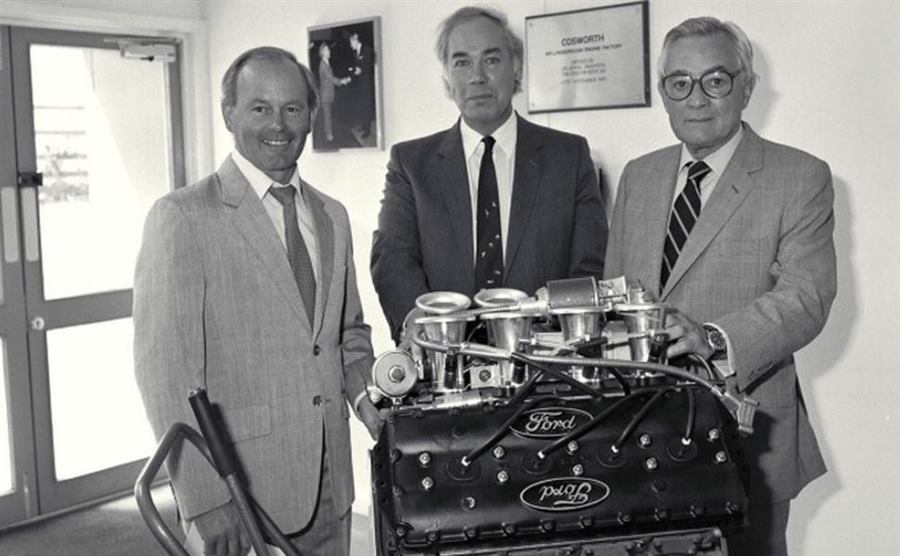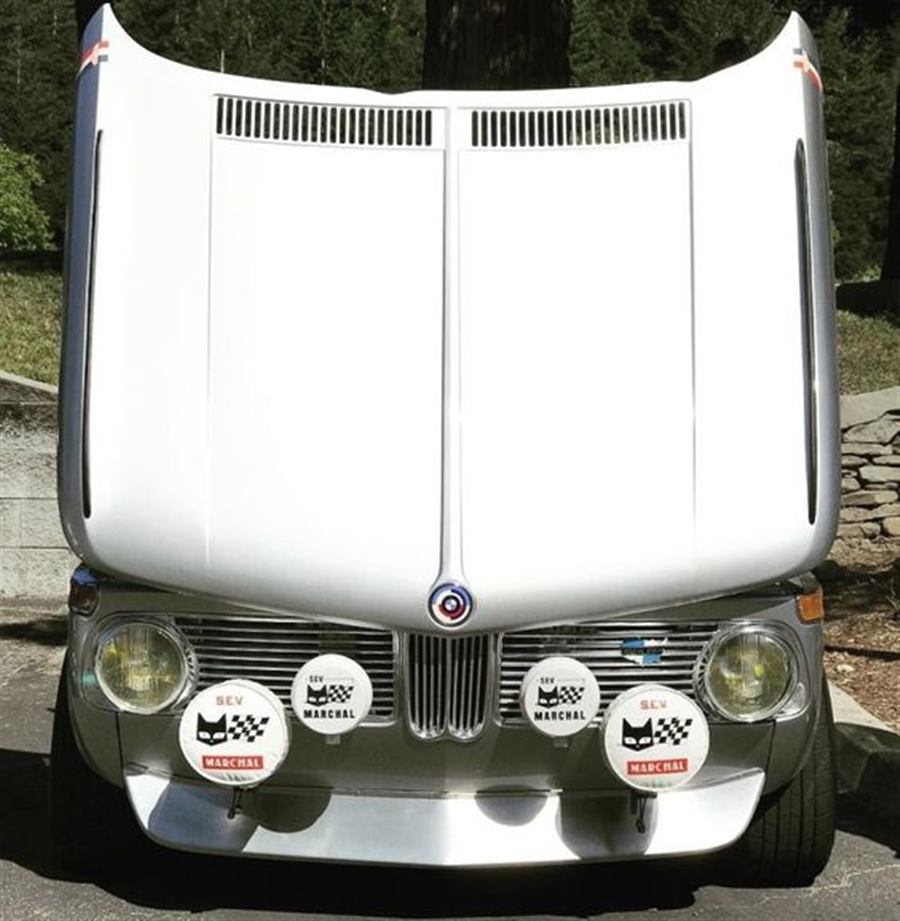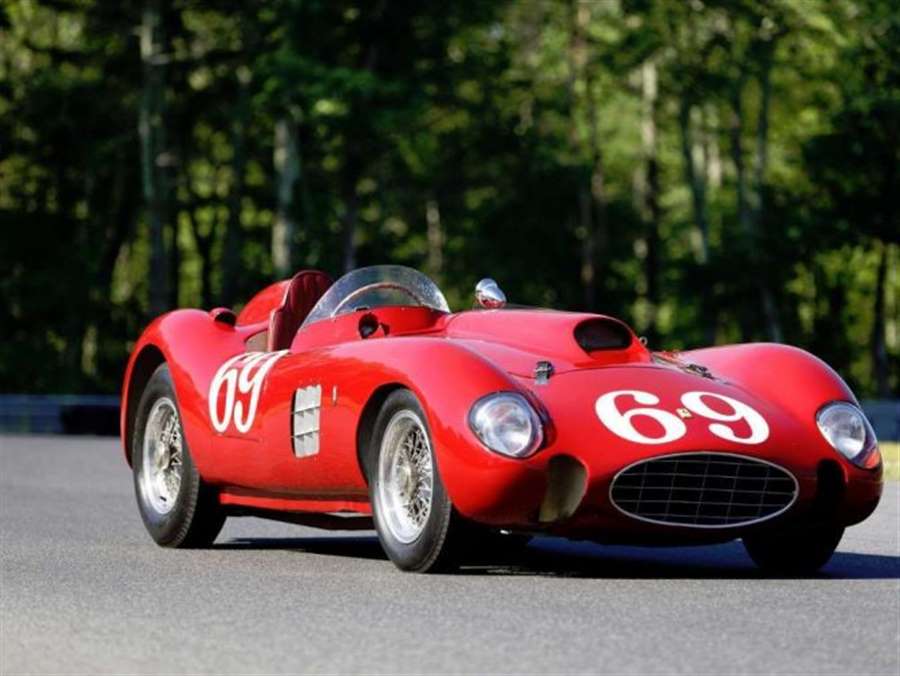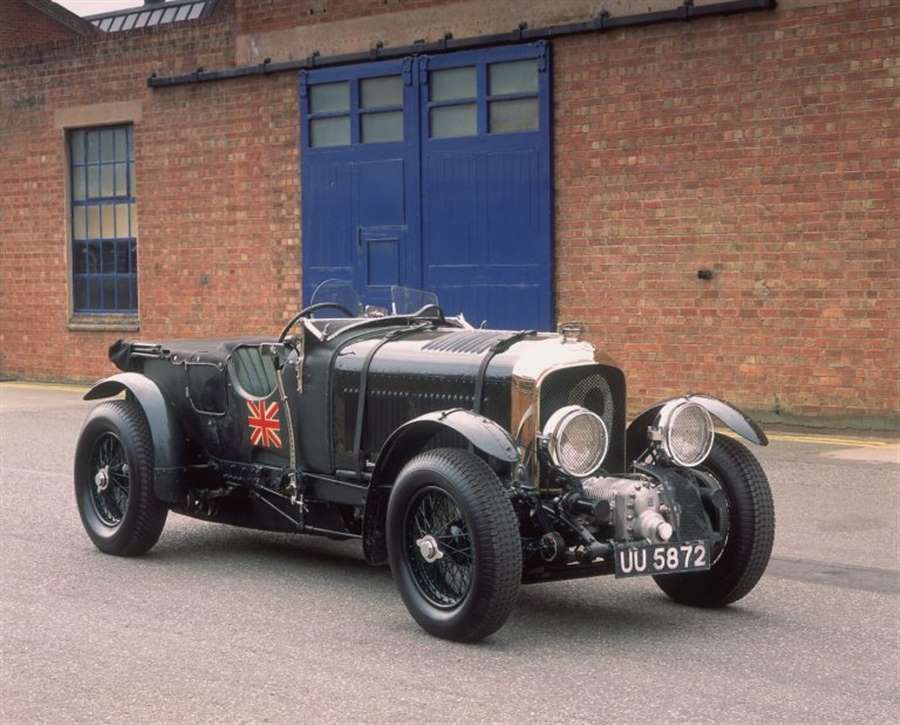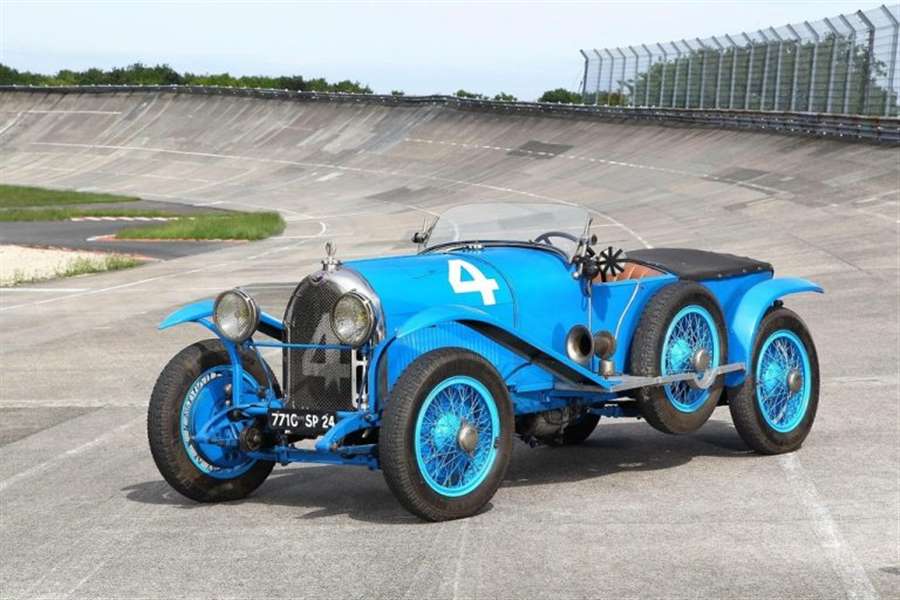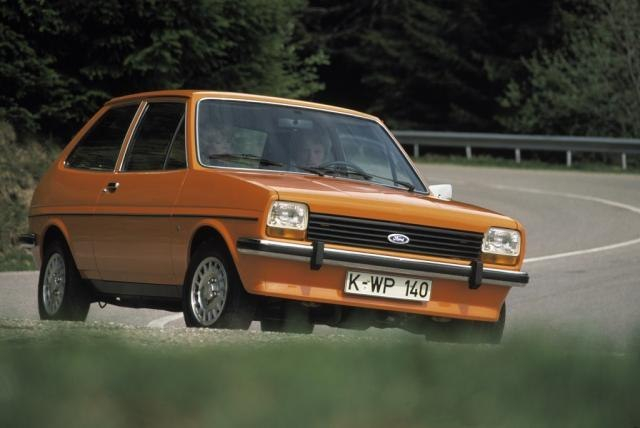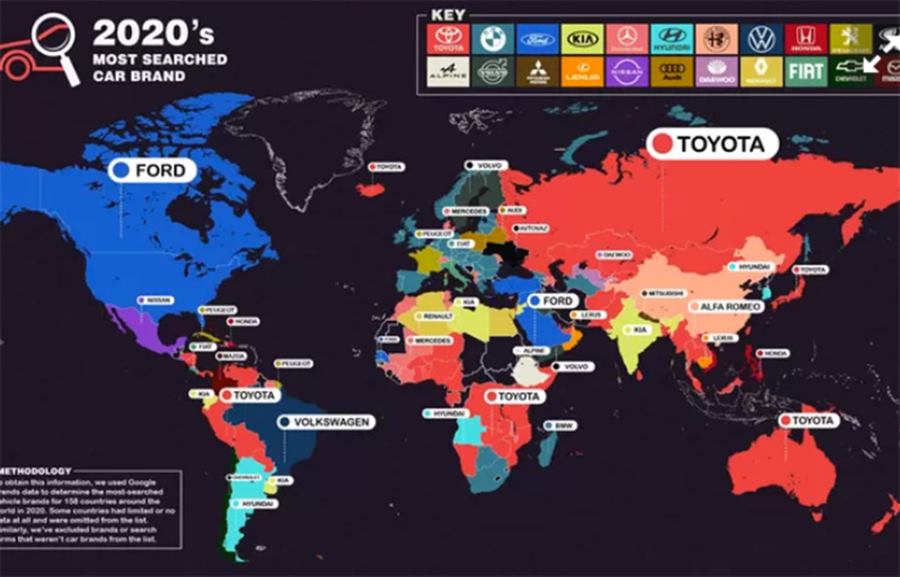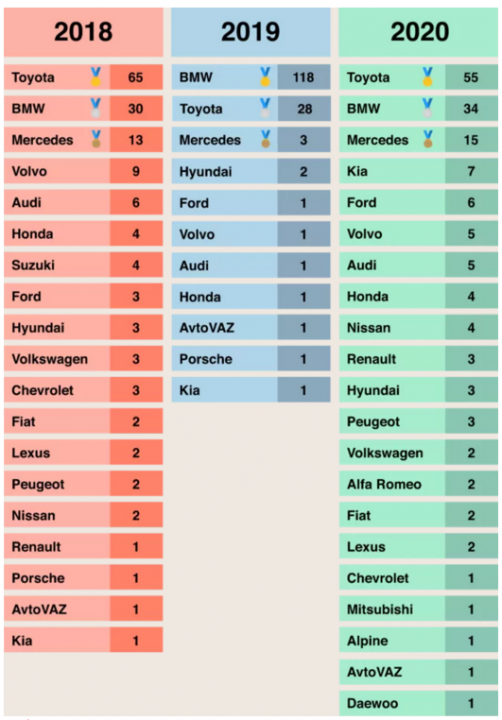Often in the world of cars, a story is repeated that begins something like this: "When you and those characters started this or that year, they didn't even know that…".
Well, this story won't start like that, because the brilliant minds in front of Cosworth foresaw the future very well and knew even better what they were doing. And this thesis is shown by these road cars with their signatures.
So here is a brief cross-section of the best that this ingenious duo has offered for road use…
There is no doubt that Mike Costlin and Keith Duckworth have become immortal since 1958. There is also no doubt that the engines and other components of this ingenious duo have been revered by millions of Ford fans and beyond over the years. Because what Cosworth has achieved in the world of engine optimization, refinement, performance increase and construction of legendary race cars, practically no one has ever managed to achieve.
Having Ford, Mercedes-Benz, Audi, and even a Cosworth-signed Subaru in my possession has always been something special. And the owners of various Sierra, Escort and other other cars were rightly proud of their cars.
Because Cosworth, despite all its flaws (and there were some), has always fascinated with its ingenious solutions, crazy ideas and revolutionary machines that power some of the most respected cars of all time.
Both on the street and on the track.
True car enthusiasts, whose coexistence with cars does not come down to blind worship of one brand or worse, one model of one brand, know very well what this legendary company has signed from 1958 until today.
But some of you esteemed readers might be surprised with our selection as part of Cosworth’s list of the best road races.
So there is no choice but to start with this short and sweet list of really special road races with Cosworth's signature…
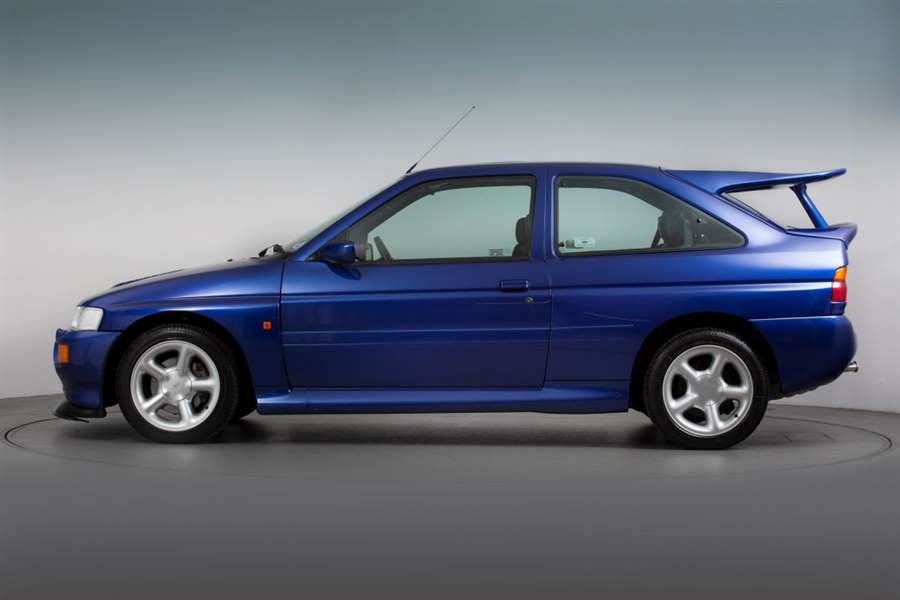
Number 5: Ford Escort RS Cosworth
"Cossie"… "Cossack"… "Escort on steroids"… Indeed, this car has certainly been called by car enthusiasts over the years.
But all these names, adjectives, suffixes and slang names have one common denominator. And that comes down to one of the most special angry compacts of all time.
For many, this car marked an entire era of racing on the dirty and dusty tracks of the World Rally Championship.
For many, the RS Cosworth was the "car" that made them indulge in the world of cars in their entirety.
Many also swear by the absolute superiority of this Escort compared to the competition from that wonderful time.
And maybe all those many are right, but Ford with this car in its road edition did not intend to break any records, nor was it expected that this icon from the nineties and a few decades later would be adored by a huge amount of people.
The idea was to accomplish the series needed to comply with the homologation rules and that’s usually it.
But despite this, the Escort RS Cosworth still stands on the pedestal of the most special cars of all time - although through some figures, the wickedly high price and often questionable durability may not deserve it.
The Cossie, with its body just like an ordinary Escort, looked like a neighborhood hooligan.
His character was like the once famous movie diva whose alcohol drank his brain and reflexes, while due to frequent breakdowns, this Ford fell out of the car, which caused its owners to go bald unplanned.
But the two-liter engine with its 227 horsepower and all-wheel drive was absolutely fascinating even with a Turbo-hole the size of a Marianas furrow.
And then there’s that ingenious and equally oversized spoiler on which laundry could be dried.
Basically, if there is an icon on four wheels in the world that can be recognized from any angle, then it is precisely the Escort RS Cosworth.
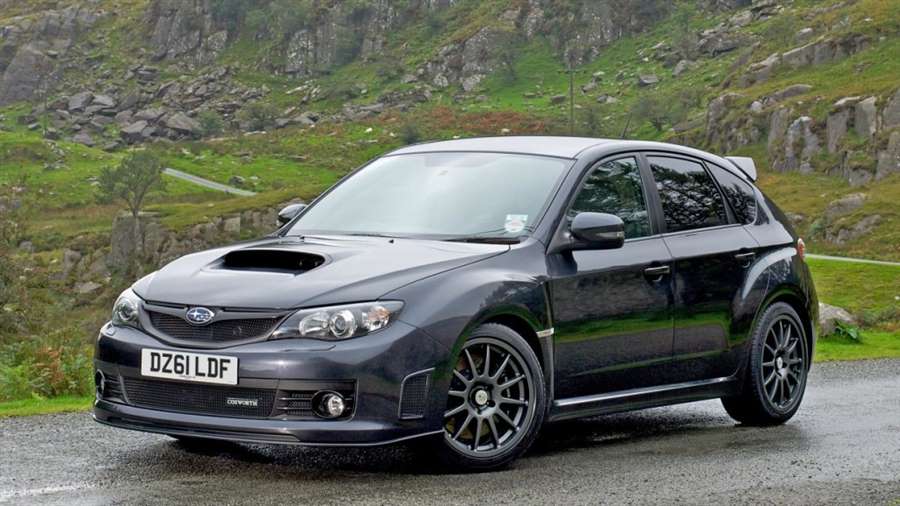
Number 4: Subaru Impreza WRX STi CS400
Yes… Cosworth had his fingers in this legendary Japanese car as well. And you may not have known it, but it still doesn’t negate that fact, because this car really did carry Cosworth’s signature.
The idea was simple: to produce something really special and thus at least partially try to annul all the negative reactions that Impreza GR was collecting even in its strongest version.
Because the Impreza has always been a sedan, while the third generation of this model is presented in the form of a compact with five doors.
And yes… This Impreza was as disgusting to watch as it was shocking to comprehend. Therefore, Subaru struggled in all possible and impossible ways with various variations on the special editions of this body version for the Impreza, before the definitive capitulation and the release of the sedan (GV) version on the market.
But before that happened, for many the ultimate Impreza of the time
the woman was created in collaboration with Cosworth.
Basically, the ugly compact still wore vulgar spoilers and a design signed by the correctional team from the subject "design and engineering". I guess that’s why the focus this time was definitely shifted under the hood under which Subaru’s heart was pounding with Cosworth’s pacemaker.
The four-cylinder, 2.5-liter engine at Cosworth is disassembled into "simple factors" and then rearranged from start to finish. And the resulting condition was shaped into an EJ257 engine with almost 400 horsepower.
With those 400 horsepower combined with a billion minor and minor minor revisions to the chassis, suspension, and powertrain and braking system, the Impreza WRX STi CS400 accelerated to 100 km / h in 3.7 seconds. That is, in translation more convincing than some five times more expensive super-cars of that time.
But despite this, this very interesting project was very quickly doomed. Because the price of £ 50,000 in the UK was simply exorbitant.
Either way, Cosworth has turned this Impreza from an ugly duckling into a dark object of desire for many.
And that’s actually quite enough to say as a conclusion about this car.
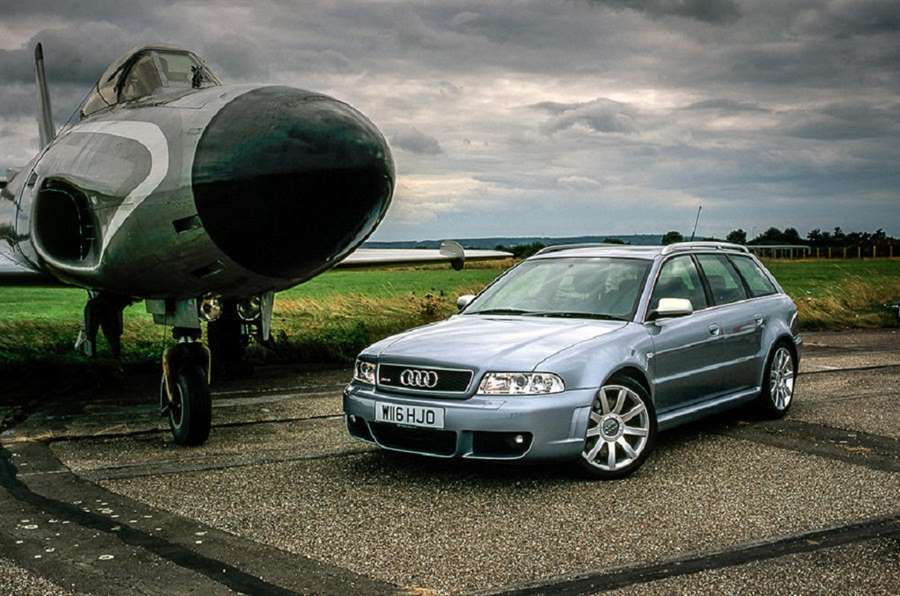
Number 3: Audi RS4 (B5)
Admit that you had no idea that Cosworth was also fiddling with this mobile box from Ingolstadt.
But admit it or not, history confirms that Audi without Cosworth would never have presented the successor to the legendary RS2 - at least not in the form in which we know it and with which we are fascinated.
Now… You must be wondering how this somewhat obscure collaboration actually came about.
So here is the answer to that question…
Namely, as Cosworth as a company was on the verge of bankruptcy in the late 1990s, at one point the idea was born to split the company into two parts. The newly formed divisions were oriented separately towards road cars and those with which the team raced along the track.
In those years, Audi persistently tried to create a successor to the legendary RS2, so instead of cooperating with Cosworth, it simply decided to buy the road division of that company and throw the employees into the fire. And look at the miracles - it turned out great.
Because on the one hand Cosworth did not put the key in the lock forever, while on the other hand Audi produced one of the most special models of all time. And a model with a coat of arms.
Many swear that the first RS4 is also the last real Audi with the correct pedigree and without unnecessary marketing nonsense. Because this caravan already looked serious with its appearance, while driving it was able to embarrass many times more expensive, nominally faster and much more famous super-sports cars on the planet - by driving kids to school and Labradors to the toilet.
The 2.7-liter V6 engine was already a respectable force on the road. And after Cosworth's interventions on the engine in question (especially on the pistons and the exhaust system) with its 380 horses, this really became one of those cars that made the "haters" of the caravan want to have one in the yard.
acceleration to 100 km / h took less than 4 seconds, while top speed was limited to the agreed 250 kilometers per hour in Germany.
So even though I guess megalomaniacs and number addicts will say the proverbial "meh" and wave their hands, the Audi RS4 still remains one of the most brutal family cars the world has ever seen.
And without Cosworth, all this would not be possible.
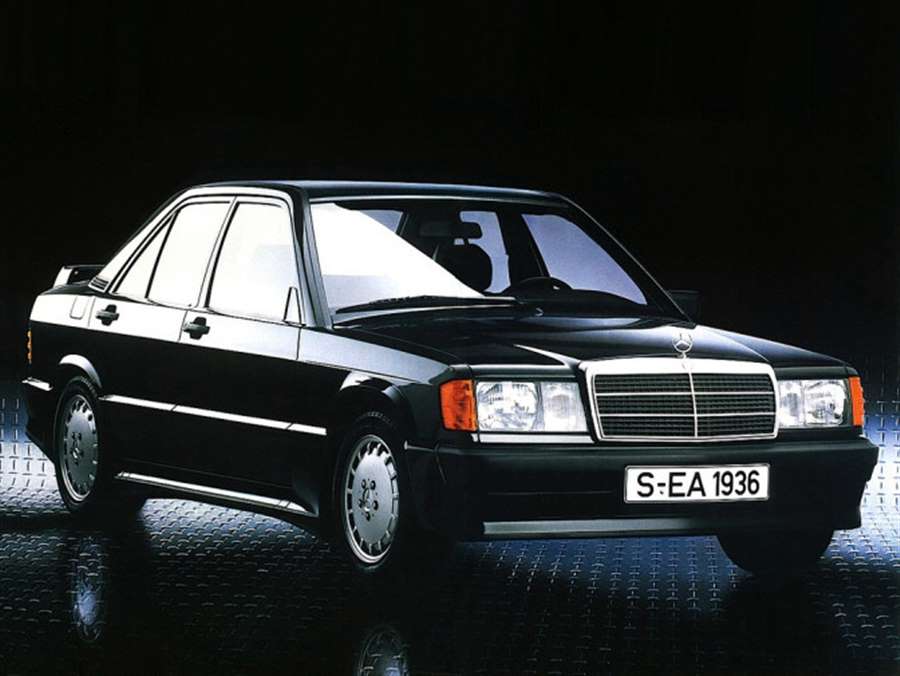
Number 2: Mercedes-Benz 190E 2.3-16
That by any chance AMG was an official part of Mercedes' three-spoke empire, and that in 1983 the company's employees had the time, will and desire, who knows what the story of this car would look like.
But as AMG was not part of Mercedes' three-legged empire at the time, and as the company's employees were on a cigarette-two break just then, Mercedes-Benz dared to start a partnership with Cosworth.
And the result state was shaped into one title title as part of the DTM competition from the early 1990s, and countless victories during the seasons that preceded that success.
But before that, this seemingly ridiculous fruit of collaboration between crazy Englishmen and anal-precise Germans also set several world records, including the one of 50,000 kilometers traveled in one piece and at a (combined) speed of almost 250 kilometers per hour. And without any malfunctions, without a general breakdown of the system and without any service interventions.
So, here is an example that confirms that Cosworth can really put his signature on something permanent and high quality, so the critics of this Mercedes derivative of the 190 and the collaboration with Cosworth were soon (and forever) gagged.
Mercedes-Benz 190 E 2.3-16 nowadays has a cult status. And deservedly so. Because from those times until today, it is not a common case for a company to present a car that is so close to the "ordinary" version, and at the same time stands fourteen light years away from it.
Because despite the fact that the 190 with its 185 horses and Cosworth's signature is not even the fastest limousine of its time, at the same time it clearly showed that it is one of the most special limousines of all time.
And by all accounts, it will remain so.
And rightly so.
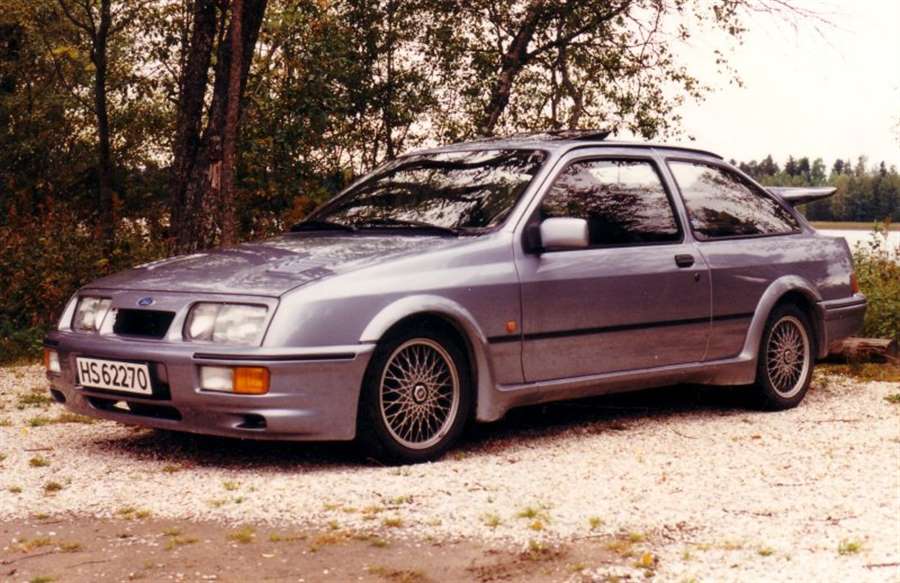
Number 1: Ford Sierra RS500 Cosworth
"As it was in the beginning, so it is now."
Because Sierra in this version with Cosworth’s signature literally kicked her ass wherever she appeared.
Europe has submitted to this Sierra several times and in several different domains of motorsport.
Australia too, and in the US and Japan this Sierra has earned an extremely high rating.
In a world of dust and dirt, Sierra has raised some of the best drivers of all time, of whom perhaps best to highlight is the legendary aggressor named Colin McRae.
The pedigree itself was present from some already past times in which Cosworth together with Ford played with several generations of Escort RS, so Sierra "only" continued that story. But the most special part of the "story" about the Sierra RS500 Cosworth was recorded on the street, ie among the "ordinary" people. Because it is in this segment that this car, despite a kind of handicap compared to competitors such as the BMW M3 (E30) and Audi UrQuattro, turned out to be a moral winner.
Namely, while Audi sold its UrQuattro in micron series and at the prices of preserved kidneys on the black market, and BMW moved the produced copies from garage to garage due to the lack of produced M-three models, Ford provided a larger production series for the Sierra RS Cosworth.
And with that, the Sierra took over the roads because of its accessibility, so it soon gained the status of a national hero in England. And that status holds to this day, when some of the preserved specimens at auctions record six-digit figures. And the version marked RS500 with its 500 produced copies only added that obligatory factor of exclusivity for this already loved and desired car.
The body extensions and the oversized rear spoiler from this uncompromising car certainly made a different beast than the ones moms, dads and taxi drivers rode on a daily basis. Although some still resent that the two-liter engine never got more than 227 horsepower, this is still the Sierra, which to this day is the alpha and omega for all those for whom the "fast Ford" is the ideal in the world of cars.
Ford produced a legend with this car, while Cosworth gave that legend a truly special beast with the character of an absolute savage. Ie. one of those cars that only the most capable behind the wheel could deal with in the right way.
And that’s why it’s the best road car Cosworth has ever put its signature on.
Do you agree?

